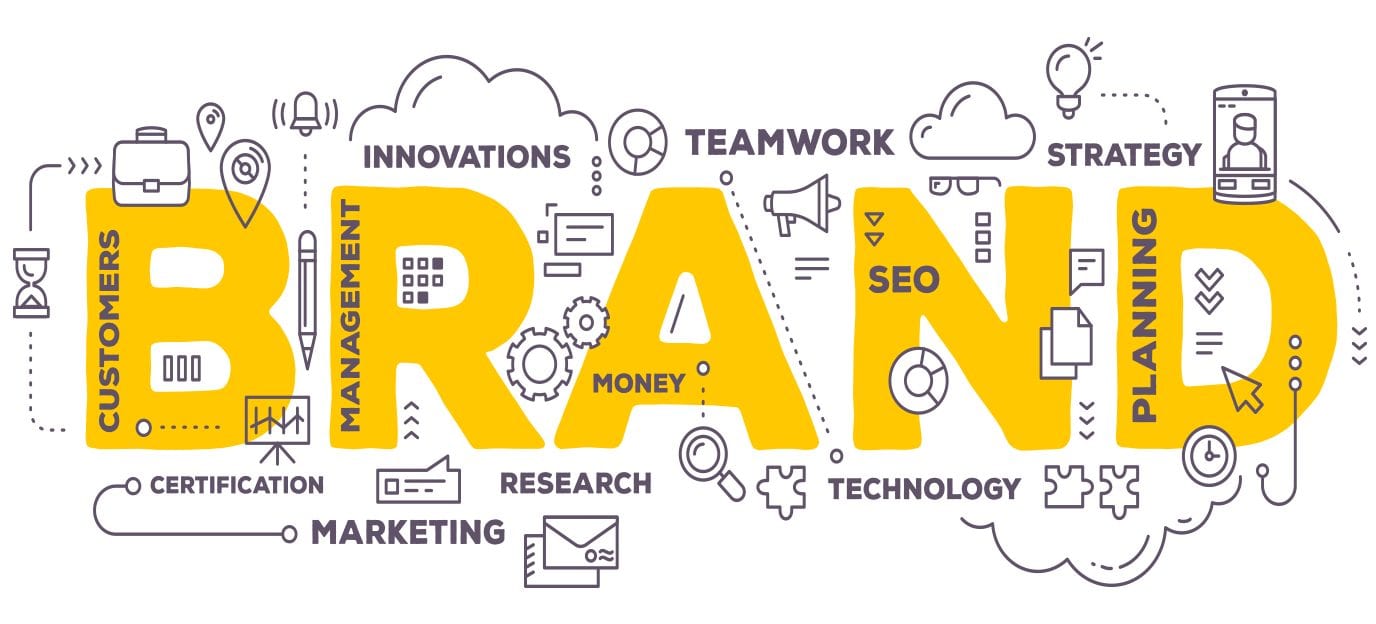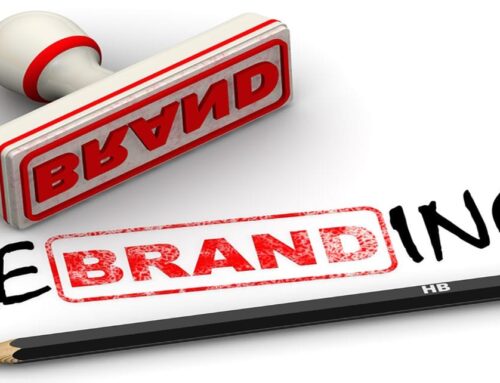Stand apart from the competition
An effective brand gives you an edge over the competition in an increasingly competitive marketplace. However, many company stakeholders don’t exactly know what “branding” means or how it can affect business. Let this guide you.
What it is not
Sometimes it’s helpful to arrive at what something actually is when you see what it is not. For example, “brand” and logo” are often incorrectly used interchangeably. A brand is not a logo. A brand is not a name, symbol, trademark or design. It’s not a tagline or a jingle. While all these affect the brand, a company’s brand is a collection of these things and more. Additionally, a brand doesn’t exist within the company, it exists in the marketplace in the minds of the consumer.
Defining brand
Simply stated, your company brand is what the public expects from your offerings. You may sell the same type of product as four other companies, but your brand must unique. A brand differentiates your product or service from every other one out there. Your unique brand is your company’s personality and takes into consideration what your business is now, what it wants to be and how people will perceive your company overall.For example, your company may be:
- The reliable and experienced leader
- The clean and healthy choice
- The innovative disruptor
- The high-value option
- The low-cost alternative
Keep in mind that you cannot be all things to all people at all times. To be successful, your company brand should be whatever your target audience needs you to be.
Why branding is important
Everything your company says and does impacts your brand. Perception is reality. This includes interactions via:
- Website
- Social media
- Mobile apps
- Advertising
- Marketing
- Packaging
- Customer service
- Media opportunities
- And more
Every connection sends a message and tells a story to your customers, potential customers and the general public at large. A brand helps shape sales and keeps customers long after they’ve made a purchase.
Yes, having a great logo is important. So, consider your logo as the “face” of your business. While it may be memorable, your brand must go beyond a great look to make an impact. You want to take steps to develop your brand to have authority, and also create trust and credibility among customers.
Show the purpose or mission of your business to state: this is 1) what we do and 2) how and why we do it. When you do, that increased awareness attracts people to your company and drives business. It will make consumers love your business and keep them as loyal customers.
Branding steps
Creating a brand requires some time, effort and self-discovery. It’s not always an easy process, but it is vital to get it right. Here are some important steps to take:
- Research. Take time to understand your target audience and their needs. Don’t rely on what you think they think. Find out what your customers believe about your company. Examine the benefits of your products and/or services. Consider the qualities you want customers to associate with your company. Also, explore and understand your competitors and what they offer.
- Brand messaging. Decide on the key message you want to communicate about your brand. Share this message with everyone inside your company and make them aware of all the brand attributes.
- Design. Pick colors and design a logo. Create brand standards in order to keep a consistent look and feel on everything from marketing materials to letterhead and website to advertising.
- Create a “voice.” This will be reflective of your brand for all communication from the way your employees answer the phone to the way your message is conveyed on advertising and marketing materials. This will also be the language you use to connect with consumers via social media. For example, some companies are formal while others are more relaxed and conversational. Keep in mind customers are emotionally affected by branding. Be sure to connect in a way that matters most to your audience.
- Be consistent and stay true to your brand. In her book, The Unbreakable Rules of Marketing, author Cathey Armillas notes that “consistency beats ability.” Keep your branding in front of consumers and tell your story over again and again. Make your message clear across all channels. This will help you outperform the competition.
- Monitor your brand. In order to maintain your brand identity, keep tabs on what you are actually doing after making these important decisions. Having a good, strong brand can bring benefits and great value to your business. Be sure to commit to the structure you design.
Need some assistance?
What do people—prospective customers—think about your brand? Most importantly, is it enough to engage with you? Whether your company is thinking about branding (or rebranding) or has started the process and has gotten stuck, at T.E. Digital we know the importance of branding cannot be overstated. Give us a call, let’s have a conversation about where you are and where you want to be. We can help you with a unique strategy that works for your business.






Leave A Comment